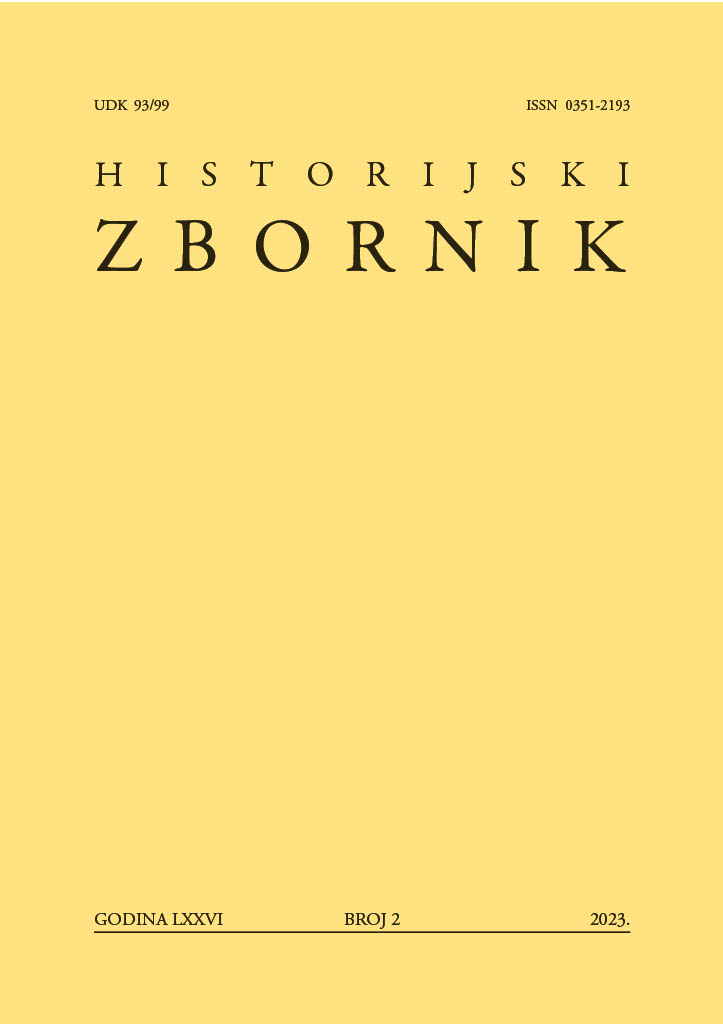Hungarian Parliament on bilingual Coats of Arms in 1883
DOI:
https://doi.org/10.59412/hz.76.2.2Keywords:
Croatian-Hungarian relations, 1883, bilingual coats of arms, riots in CroatiaAbstract
The installation of bilingual coats of arms in Zagreb in August 1883 and their subsequent removal was an event that caused enormous discontent in Croatia and turned the Croats even more against the Hungarians. It preceded the events that led to the final dissolution of the Croatian-Hungarian state union. The National Movement of 1883, an unavoidable segment of Croatian history, continued in 1903 with recurring conflicts and protests against Budapest and the loyalist Croatian authorities. This paper analyses the debate in the Hungarian (central, common) parliament and the adoption of the parliamentary decision on the removal of bilingual plaques and the installation of “silent plaques”. It explains the reasons for placing Hungarian coats of arms in Croatia and for their removal, as well as the motives that led the Hungarian government to subsequently turn to the Hungarian Parliament for validation of its moves. Based on parliamentary files, it provides an insight into the course of the parliamentary debate (from October 2 to 12, 1883), the way in which decisions were made, and the opposition’s position on the “Croatian question”.
Downloads
Published
How to Cite
Issue
Section
License

This work is licensed under a Creative Commons Attribution-NonCommercial 4.0 International License.
Copyright holders are the publisher Association for Croatian History and the authors.
Historical Journal is an Open Access journal. Users are allowed to read, download, copy, redistribute, print, search and link to material, and alter, transform, or build upon the material, or use them for any other lawful purpose as long as they attribute the source in an appropriate manner according to the Creative Commons licence CC BY-NC.
The papers published in Historical Journal can be deposited and self archived in the institutional and thematic repositories providing the link to the journal's web pages and HRČAK. Journal does not charge article processing charges (APC). The editors assume no responsibility for statements of fact or opinion made by contributors.

